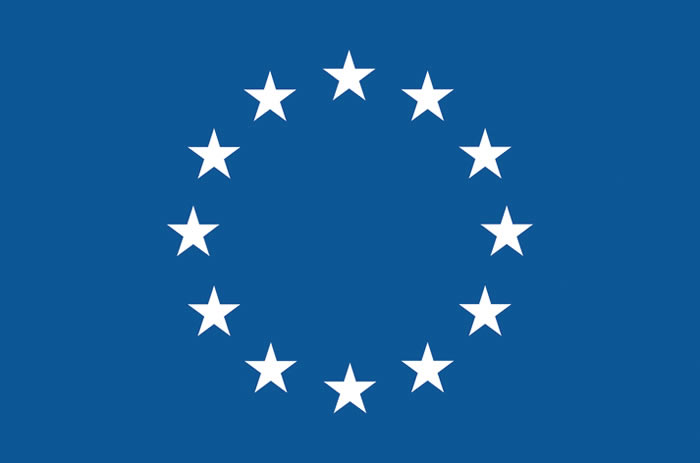Ferro, Vito

Vito Ferro completed his PhD at the University of Western Australia. Following postdoctoral studies at the Carlsberg Laboratory (Denmark) and the University of British Columbia (Canada) he returned to Australia in 1996 to join the Australian biotechnology company Progen Pharmaceuticals Ltd where he spent 12 years in various positions, including Director of Drug Discovery.
He was involved in the development of two out of only four heparanase inhibitors to have reached the clinic, and led the medicinal chemistry team that discovered PG545 (pixatimod), a heparan sulfate mimetic with immunomodulatory activity. PG545 is currently in clinical trials in combination with nivolumab for patients with advanced cancers. Following a brief period at Queensland University of Technology as a Principal Research Fellow he moved to his current position in the School of Chemistry and Molecular Biosciences at the University of Queensland in 2010. His research interests are in carbohydrate chemistry and chemical biology/medicinal chemistry, with a focus on the synthesis of compounds to probe and/or inhibit carbohydrate-protein interactions involved in disease processes. Of particular interest is heparan sulfate (HS) and the development of HS mimetics as potential drugs for cancer, infectious diseases and lysosomal storage disorders.
Abstract:
Synthetic Heparan Sulfate Mimetics Potently Inhibit SARS-CoV-2 by Disrupting the Spike-ACE2 Interaction
Topic:
The cell surface polysaccharide heparan sulfate (HS) has recently been identified as a co-receptor with the ACE2 protein for recognition of the S1 spike protein on SARS-CoV2 virus, revealing an attractive new target for therapeutic intervention. Here we show that the HS mimetic drug candidate pixatimod binds directly to the SARS-CoV-2 spike protein receptor binding domain (S1-RBD), altering its conformation and destabilizing its structure. Molecular modelling identified a binding site overlapping with the ACE2 receptor site. Consistent with this, pixatimod inhibits binding of S1-RBD to ACE2-expressing cells and displays a direct mechanism of action by inhibiting binding of S1-RBD to human ACE2. Assays with four different clinical isolates of live SARS-CoV-2 virus show that pixatimod potently inhibits infection of Vero cells at doses well within its safe therapeutic dose range. In the transgenic hACE2 mouse model, pixatimod-treated animals showed a significant reduction in viral titers in nasal turbinates and in brain. This demonstration of potent anti-SARS-CoV-2 activity establishes that synthetic HS mimetics can target the HS-Spike protein-ACE2 axis. Together with other known activities of pixatimod our data provides a strong rationale for its further investigation as a potential multimodal therapeutic to address the COVID-19 pandemic.
Back to speaker overview Back to Oral- and Flash presentations overview





